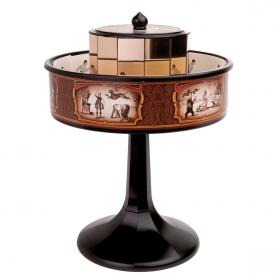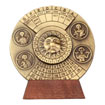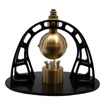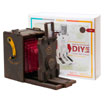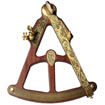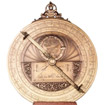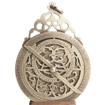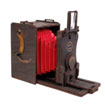Praxinoscope
 In stock
(Shipped within 24h)
In stock
(Shipped within 24h)
The praxinoscope transforms static images into a moving sequence, thanks to retinal
persistence. A circular drum is rotated with mirrors in the centre of
the drum reflecting images drawn on strips of paper placed around it.
The spectator looks over the instrument and can thus observe an
animation of a clear sequence, in which the images merge and the
elements come to life.
Who invented the Praxinoscope?
Emile
Reynaud patented it in 1877. Reynaud's (not "Raynaud"!) contribution
made it possible to eliminate the distortion of the vision of moving
images caused by the insufficient light received by the images of the
Praxinoscope's predecessor: the Zootrope.
What are the main differences between the zootrope and the praxinoscope?
In
the zootrope the viewer observes the rotating drum from the rectangular
holes arranged on the strip of the sequence of images and in the
praxinoscope the viewer sees the animation in the mirrors arranged at
angles that reflect the strip of drawings.
Praxinoscope
Dimensions : height 19.5 cm, diameter 14.2 cm
Includes a 20 animated pictures strip
Includes a booklet (in English) with history and uses
Designed and produced in Madrid, Spain
[Ref. 1115] [$, £, CHF...]
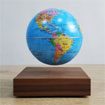
80 €
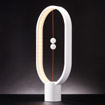
50 €
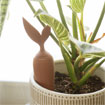
9.5 €
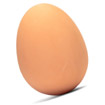
3 €
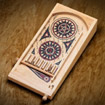
36 €
There is no review for this product yet.
Please first log into your account.
Log in / Sign in















 SITE EN FRANÇAIS
SITE EN FRANÇAIS
